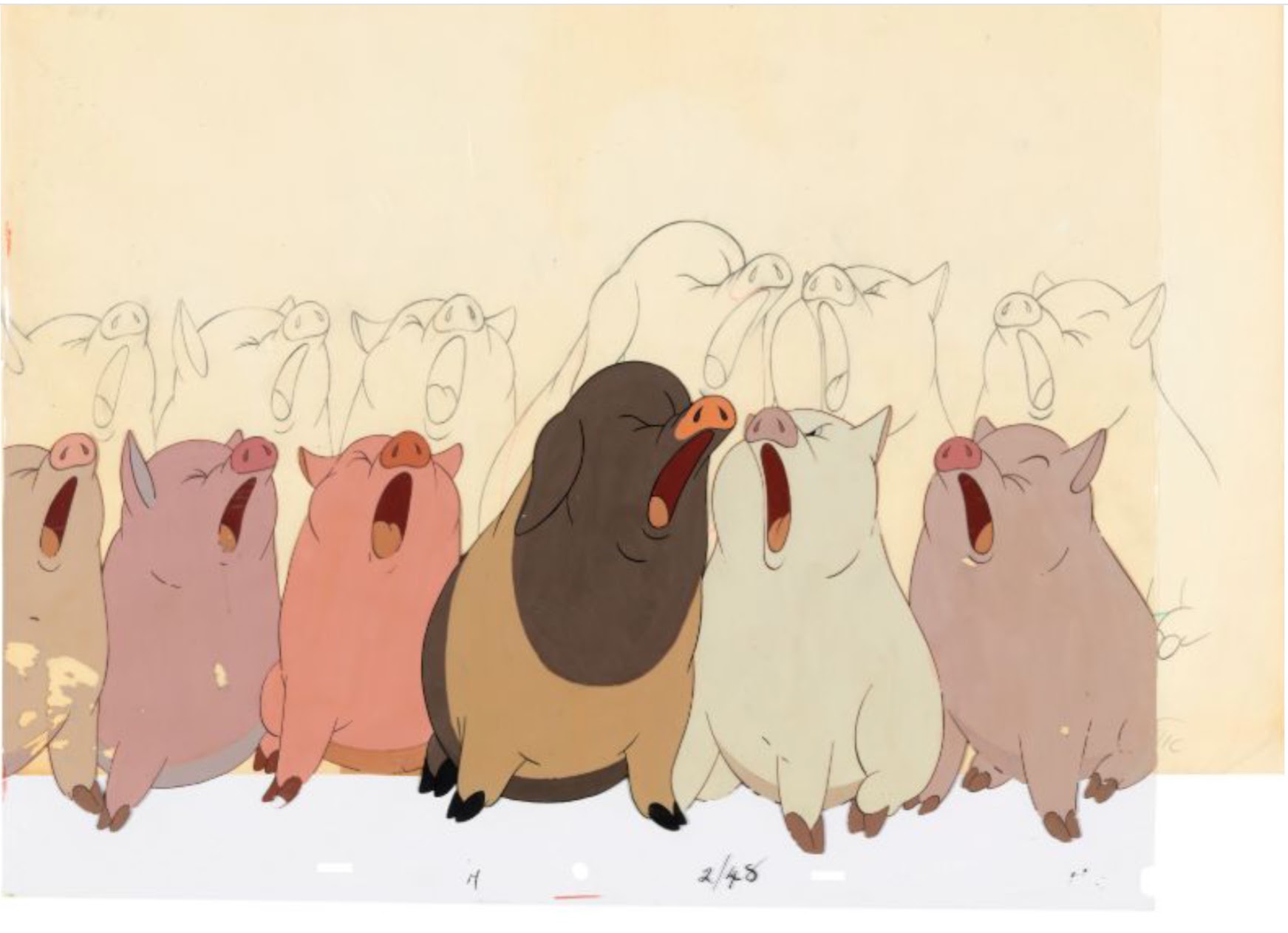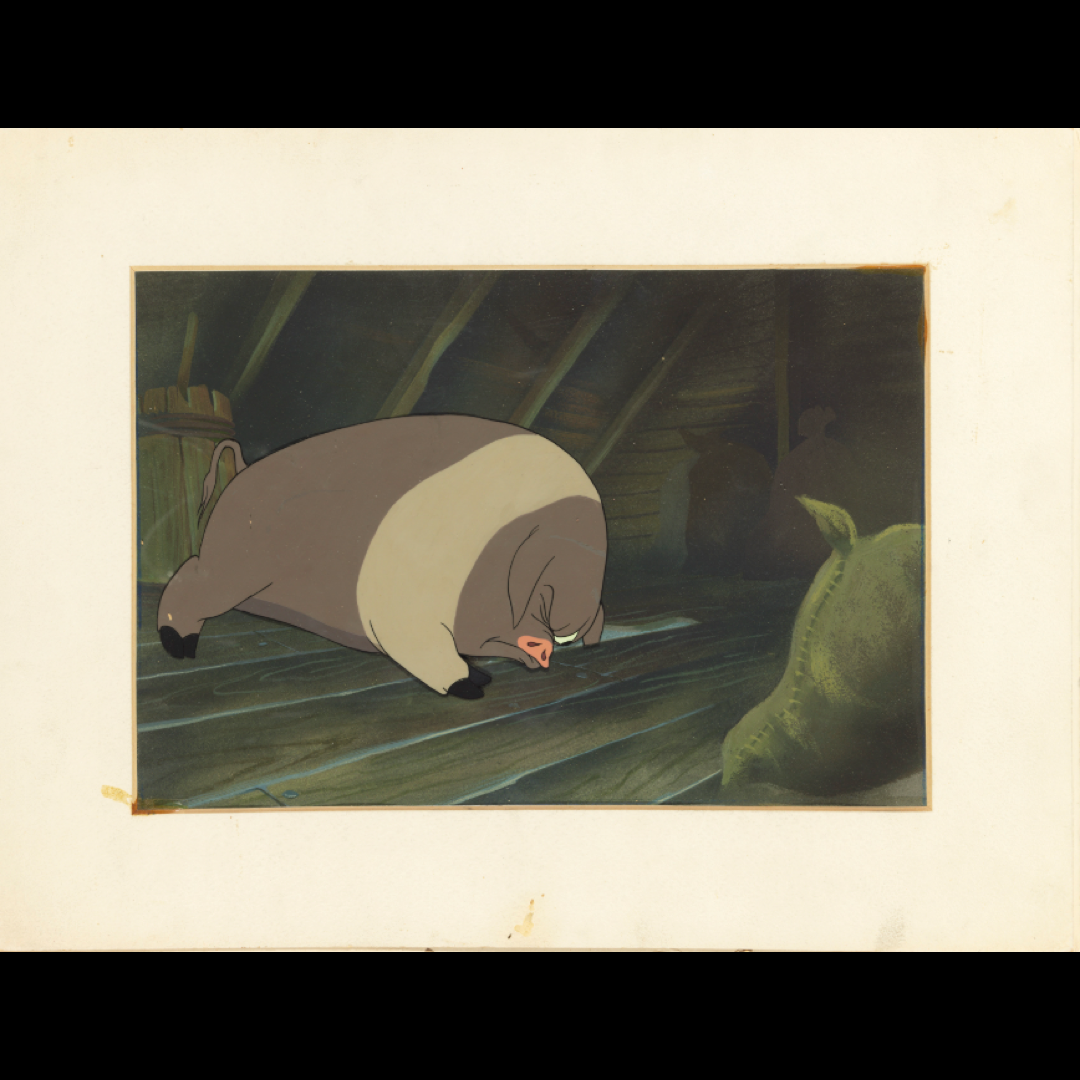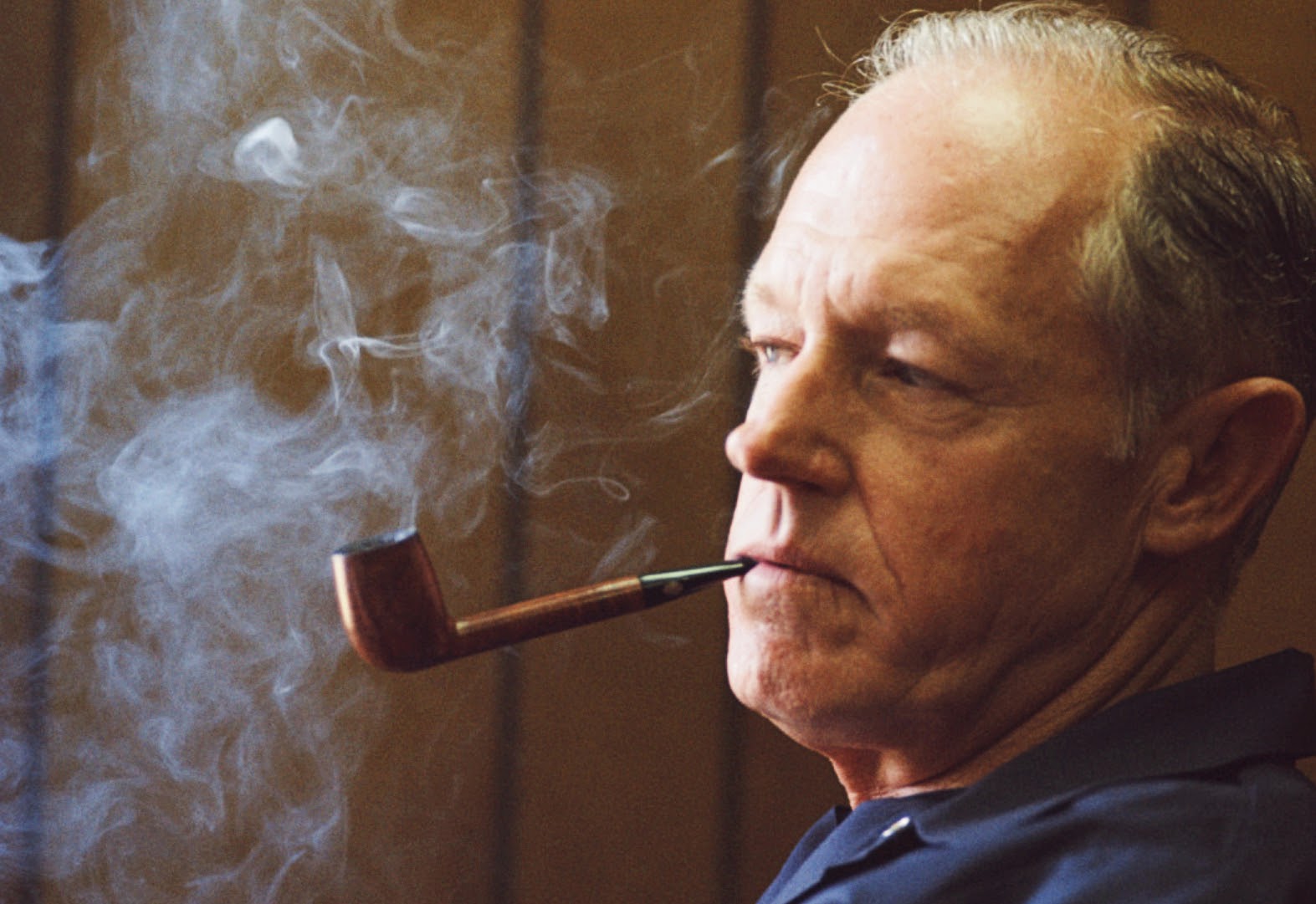Animal Farm: How the CIA Turned Orwell's Literary Classic Into a PsyOps Mission
The CIA’s Psychological Warfare Workshop was buried in the innocently-named Office of Policy Coordination during the Cold War, with a big budget and a wide remit: propaganda, economic warfare, sabotage, and subversion. The Agency took a leaf from the KGB propaganda playbook, using literary and artistic expression as organs of state policy.
The animated movie Animal Farm (1954) was part of a larger CIA culture war that extended to sponsoring Abstract Expressionist art exhibitions, musical concerts, magazines, and Hollywood movies to push the anti-communist agenda.
It was run by E. Howard Hunt in the 1950s, the spymaster who would later be jailed as one of President Richard Nixon’s Watergate ‘plumbers’.
During WWII, Hunt served in the Navy, Army Air Corps, and Office of Strategic Services, the precursor to the CIA, in China. He refined his dark arts in Mexico and Guatemala. “The predisposition among Latin American intellectuals and students is a pro-communist stance - they're good; the United States and democracy are bad. And I thought that we have to do something to change this mindset if we can, otherwise the whole continent is going to turn red,” Hunt said in an interview at the time.
Under his leadership, the CIA transformed into America’s ‘Ministry of Culture’, an Orwellian doublethink operation channeling anti-communist messages through blockbuster books and movies like Animal Farm.

The spymaster decided to influence American hearts and minds by making a full-length animated film based on British author George Orwell’s Animal Farm, a political satire where rebel animals seize their farm.

Animal Farm: the CIA pitch
Animal Farm would be the first feature-length animated film ever made in Britain and a colossal challenge. The CIA and British Foreign Office’s clandestine Information Research Department (IRD) weren’t the only ones interested in acquiring the film rights.
The US Army also wanted to make Animal Farm, as well as the producers of Woody Woodpecker cartoons.
Hunt dispatched Carleton Alsop, an undercover CIA officer at Paramount Studios, and Finis Farr, a Los Angeles writer, to meet Orwell’s young widow, Sonia, when the author died in 1950. The men weren’t in England to pay their respects. Their job was to persuade Sonia to sell the rights to Animal Farm.
“This she duly did, having first secured their promise that they would arrange for her to meet her hero Clark Gable,” star of Gone With the Wind, writes Frances Stonor Saunders in Who Paid the Piper?
Hunt then bankrolled Louis de Rochemont, a US producer who’d worked with the FBI on the anti-Nazi spy movie The House on 92nd Street (1945).
The CIA used hundreds of millions of dollars from the Marshall Plan for European recovery to finance its ‘cultural’ activities, according to Stonor Saunders. In the early years, money was no object.
''We couldn't spend it all,'' Gilbert Greenway, a former CIA agent, recalled in The Assassinations. ''There were no limits, and nobody had to account for it. It was amazing.''

"The brand new social experience where you activate your gaming skills as you train like a spy."
- TimeOut
Take on thrilling, high-energy espionage challenges across different game zones.

The CIA playbook
De Rochemont chose British animators Halas and Batchelor to design Animal Farm’s memorable characters, possibly because the duo had experience working on British propaganda movies or because De Rochemont questioned the loyalty of some Hollywood artists.
The ending of Orwell’s acclaimed novel would need to be changed to meet the CIA’s objectives. The book ends - [spoiler alerts ahead!] - with the animals and humans indistinguishable as corrupt, evil powers. In the movie, there is no mention of humans. Only the pigs are totally corrupt.
Animal Farm was part of a larger CIA culture war that extended to sponsoring Abstract Expressionist art exhibitions, musical concerts, magazines, and Hollywood movies to push the anti-communist agenda.

Animal Farm: 'vivid and biting'
The animated movie was released in 1954 with a gala at the UN in New York. The New York Times called it "a vivid and biting animation of Mr. Orwell's popular tale of social revolution and disillusion".
The British also found Orwell's work useful for propaganda. Britain’s National Archives later revealed that UK spies funded a newspaper comic strip in the early 1950s based on Animal Farm which ran in Brazil, Burma, Eritrea, India, Mexico, Thailand, and Venezuela.

Hunt, the CIA officer who once said he “thought black”, later served 33 months in prison for organizing the bugging of the Democratic Democratic National Committee HQ during the ‘70s Watergate scandal that brought down Richard Nixon’s government. Hunt spent his later years writing spy novels and died at age 88 in 2008, unrepentant to the end.
Asked if he had any regrets, Hunt told Slate: “No, none,” before reflecting on the disastrous CIA-backed invasion of Cuba in 1961. “Well, it would have been nice to do Bay of Pigs differently.”
_____
Own a Piece of Cold War Movie History! Dive into our collection of rare treasures from our film archives - original, hand-painted movie cels, perfectly paired with their original drawings. These extraordinary artifacts were pivotal in creating the 1954 animated classic Animal Farm, a cinematic gem financed by the CIA as a propaganda tool to fight communism during the intense Cold War period.
SPYSCAPE+

Join now to get True Spies episodes early and ad-free every week, plus subscriber-only Debriefs and Q&As to bring you closer to your favorite spies and stories from the show. You’ll also get our exclusive series The Razumov Files and The Great James Bond Car Robbery!


Gadgets & Gifts
Explore a world of secrets together. Navigate through interactive exhibits and missions to discover your spy roles.
Your Spy Skills
We all have valuable spy skills - your mission is to discover yours. See if you have what it takes to be a secret agent, with our authentic spy skills evaluation* developed by a former Head of Training at British Intelligence. It's FREE so share & compare with friends now!
* Find more information about the scientific methods behind the evaluation here.


Stay Connected
Follow us for the latest
TIKTOK
INSTAGRAM
X
FACEBOOK
YOUTUBE